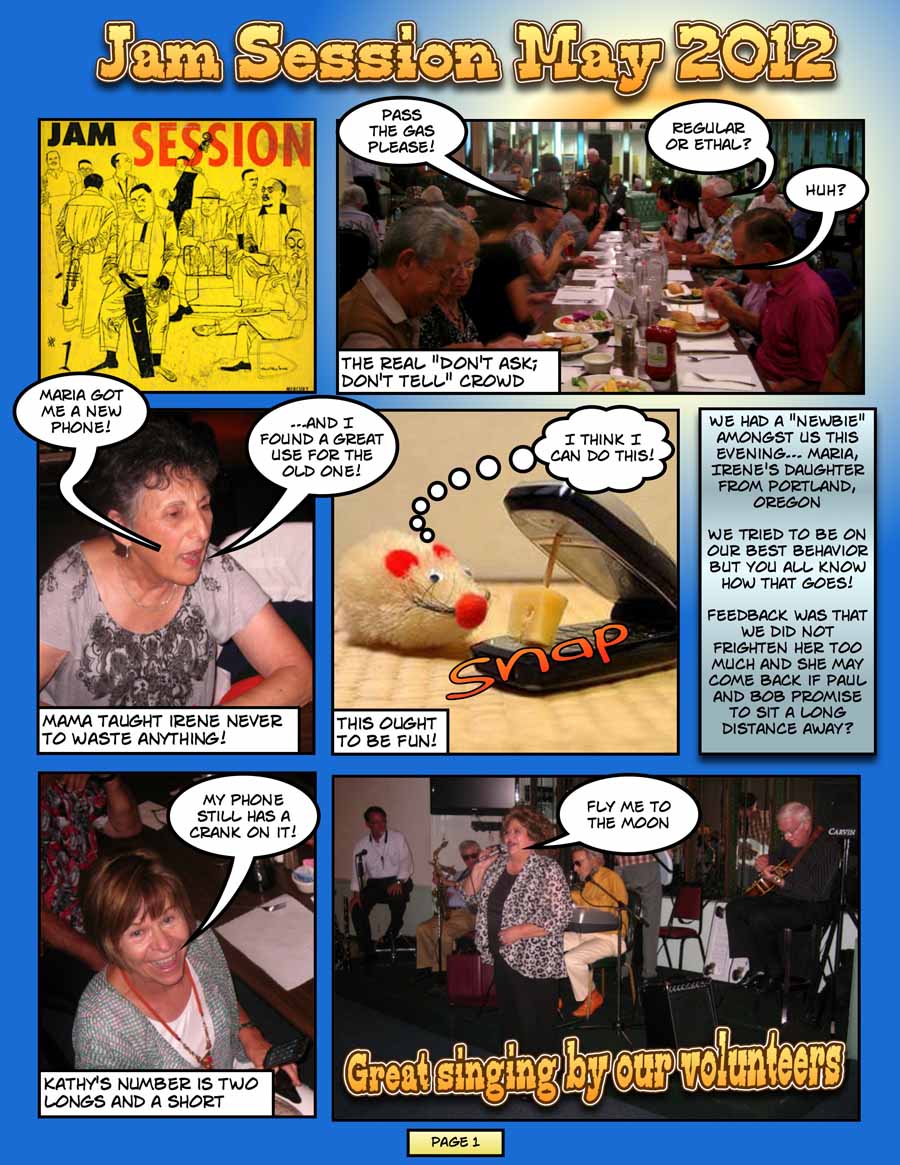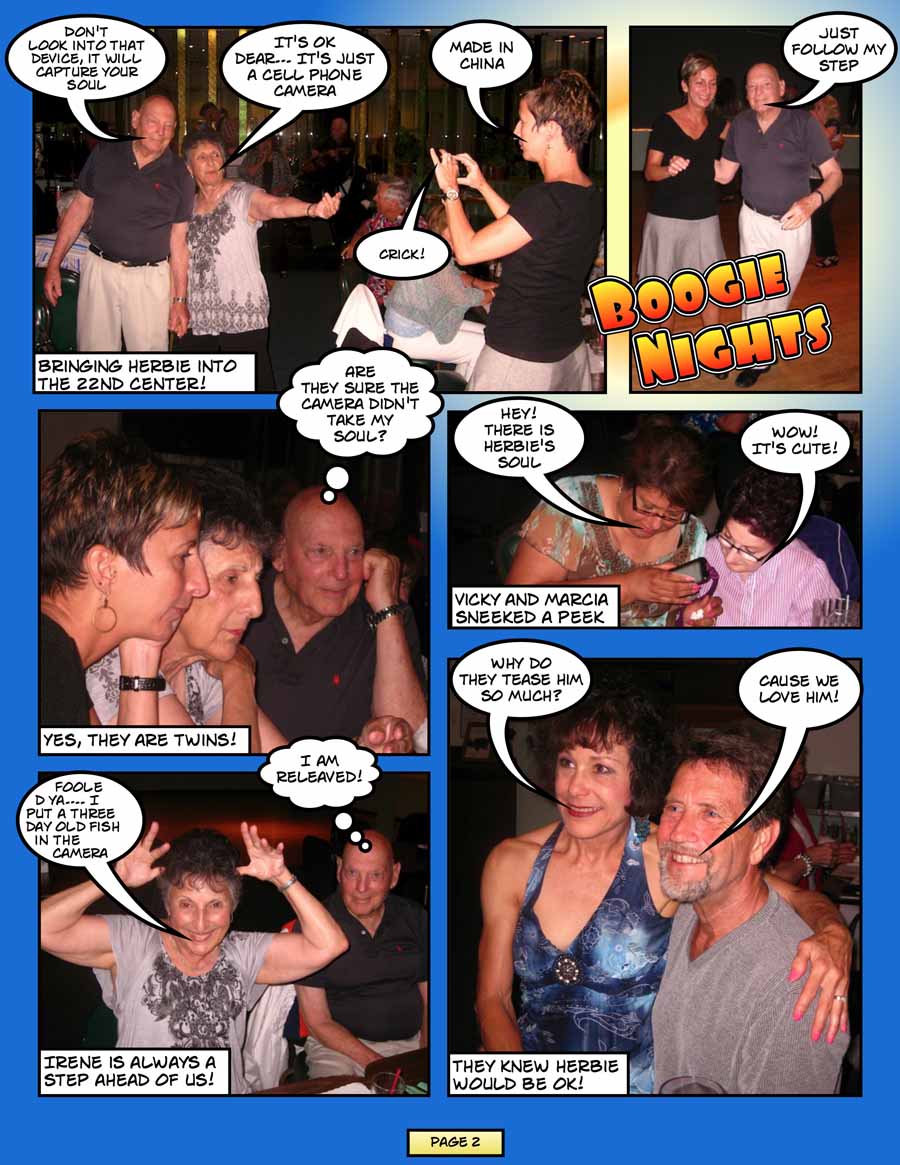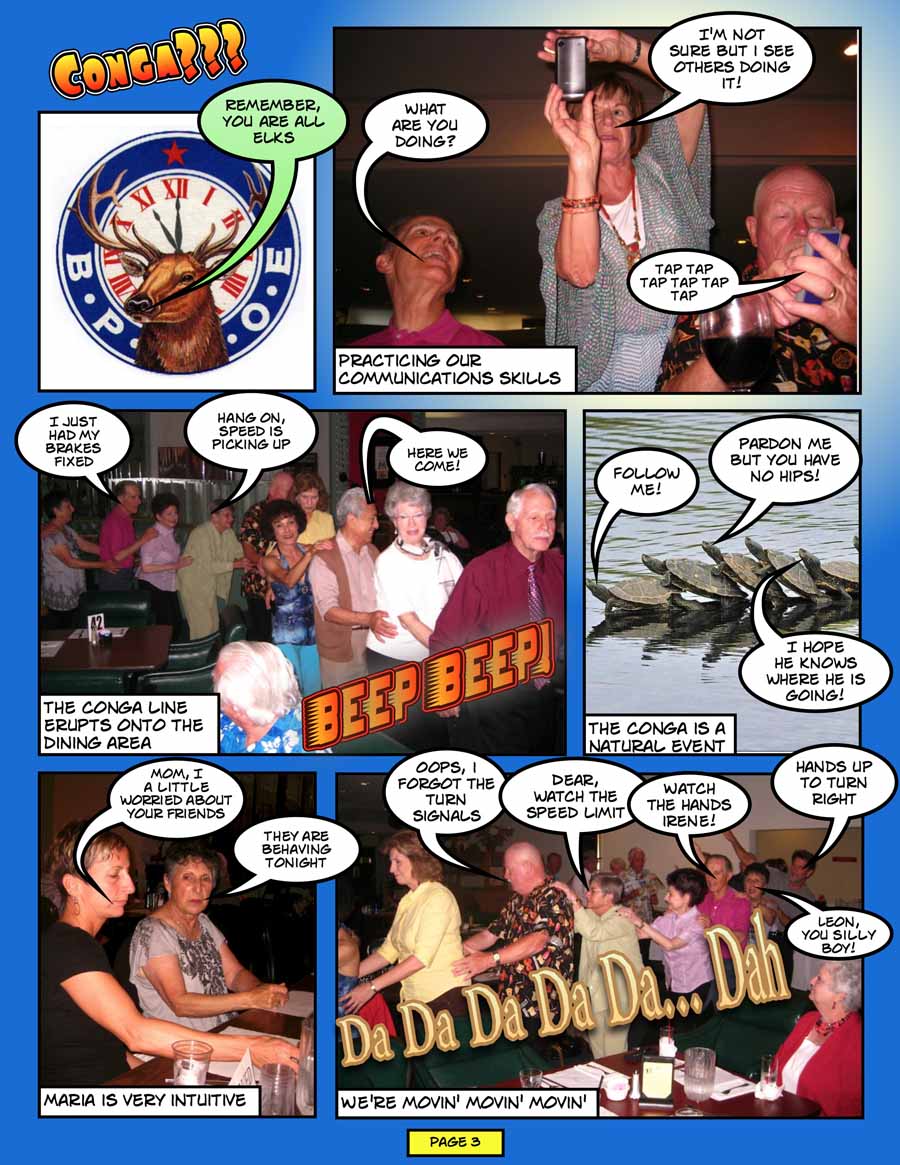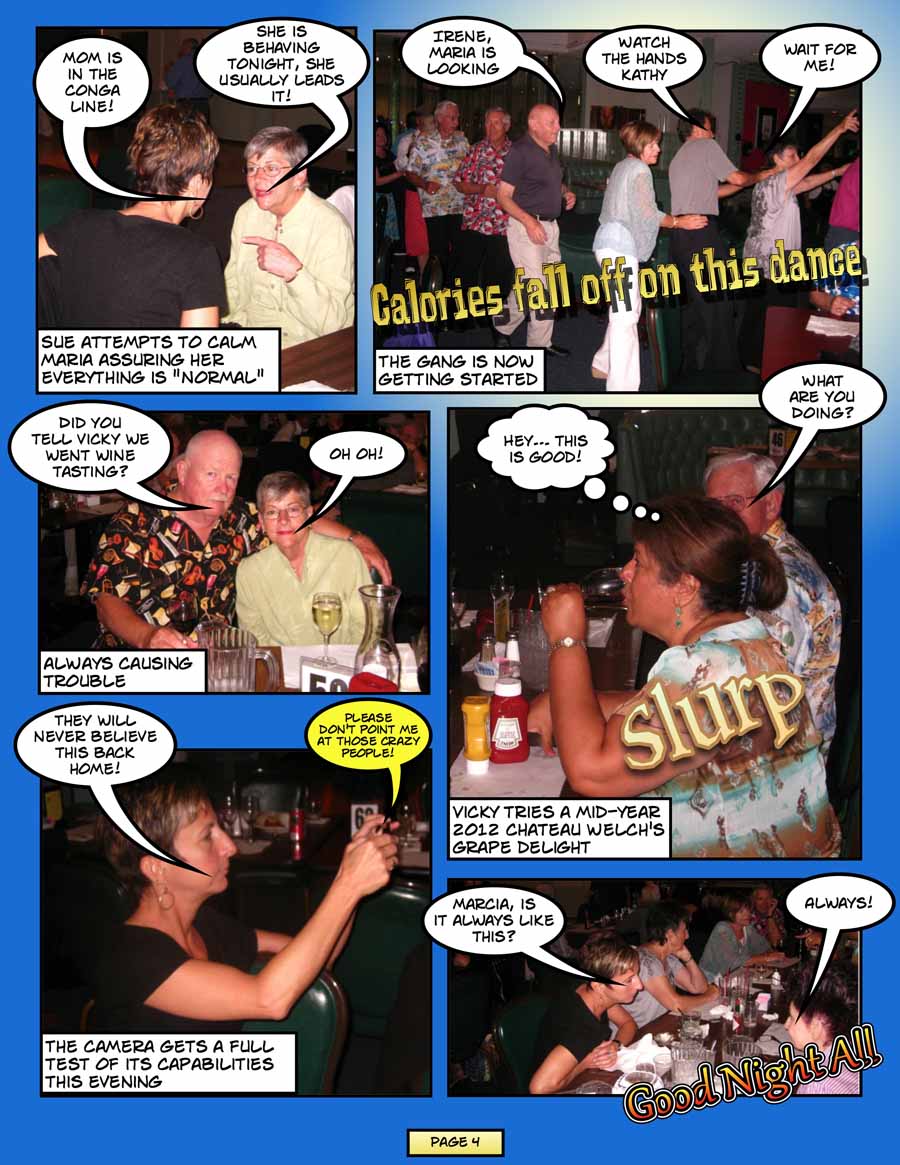A Wonder Day To Go To The Jam Session 5/20/2012
Maria, Irene's daughter,joined us this evening and we believe all went well... No food fights, Paul stayed stober, Bob did not spill wine on himself or any others, and Ed wore a shirts different from Paul's... Long story
A Comical View Of The Evening
Devil Is In The Details
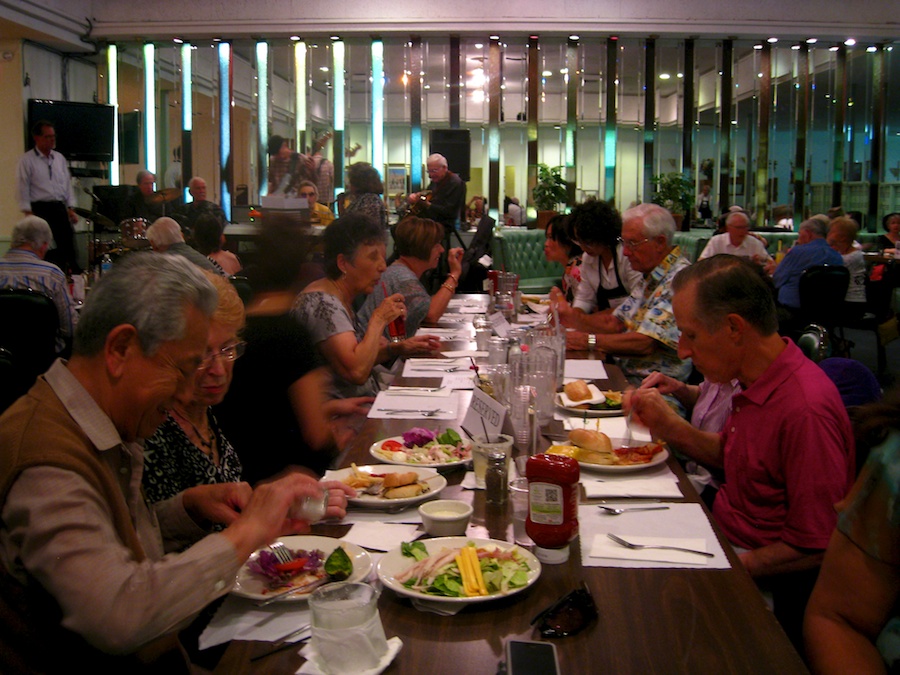
Time to dine
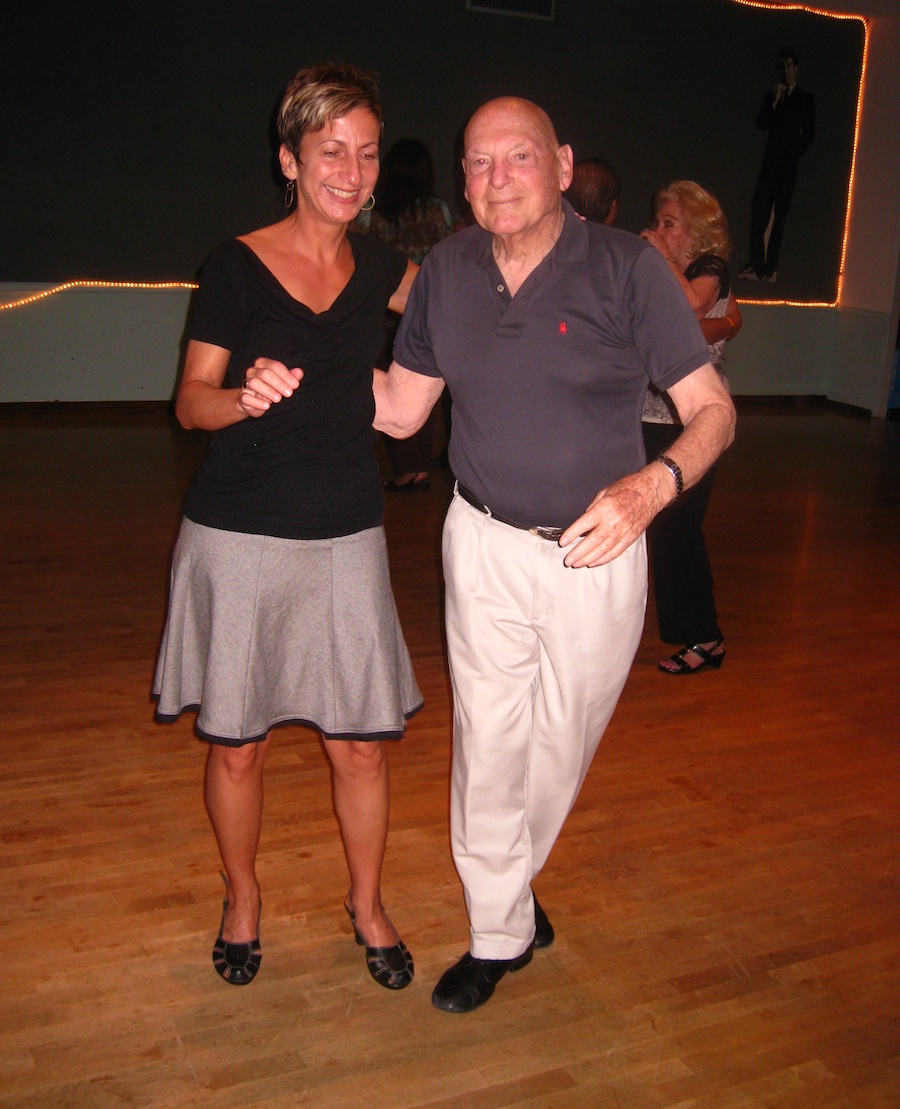
Warming up
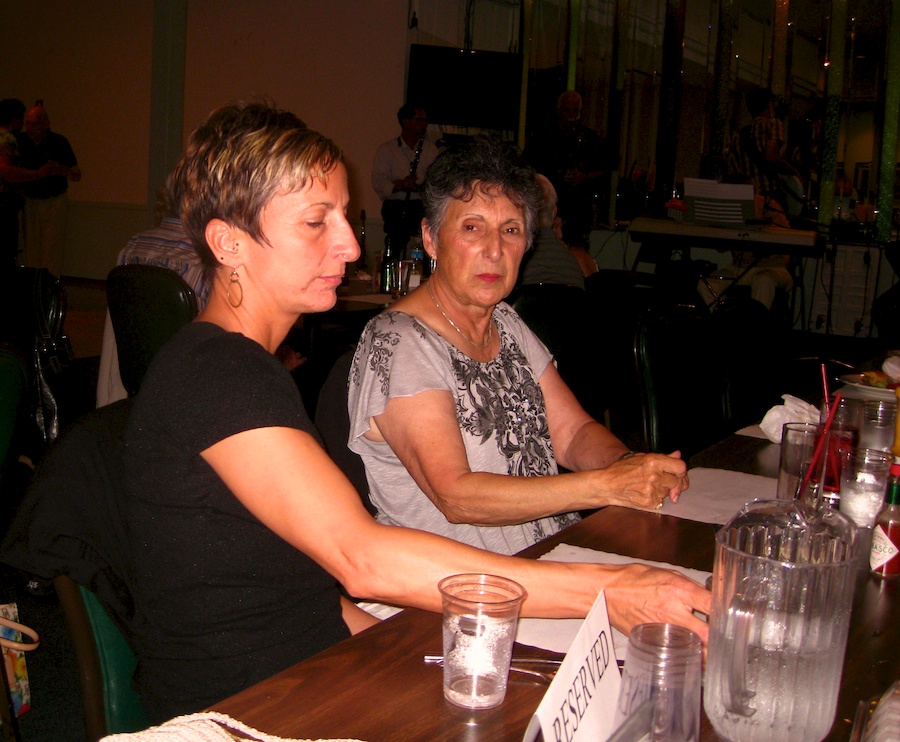
Daughter and Mom
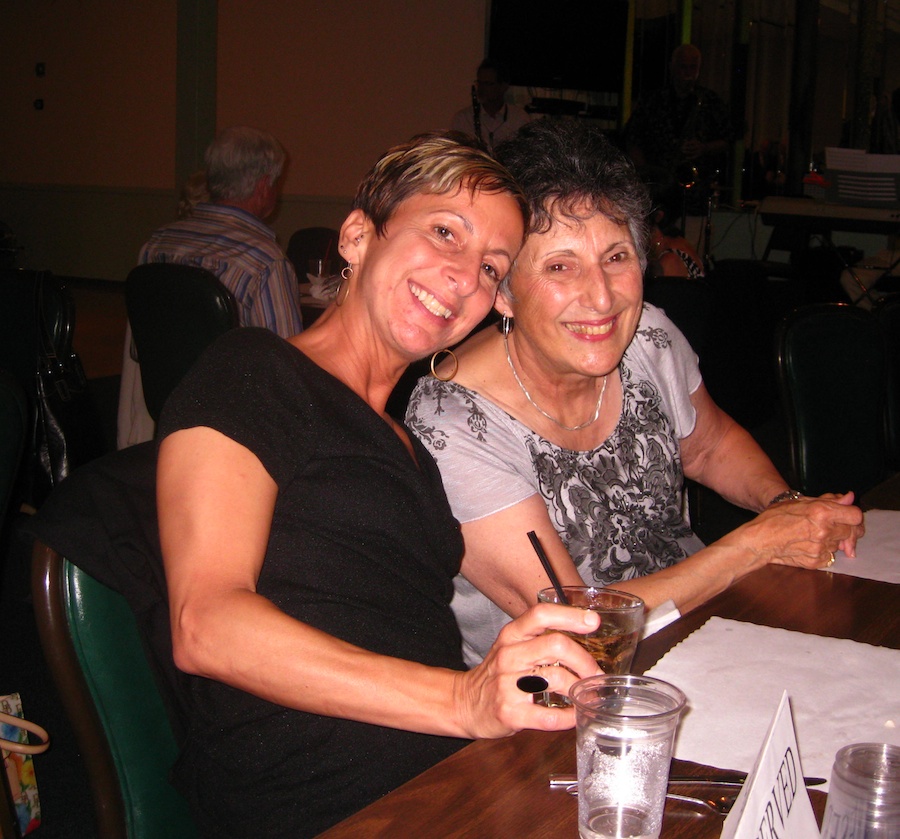
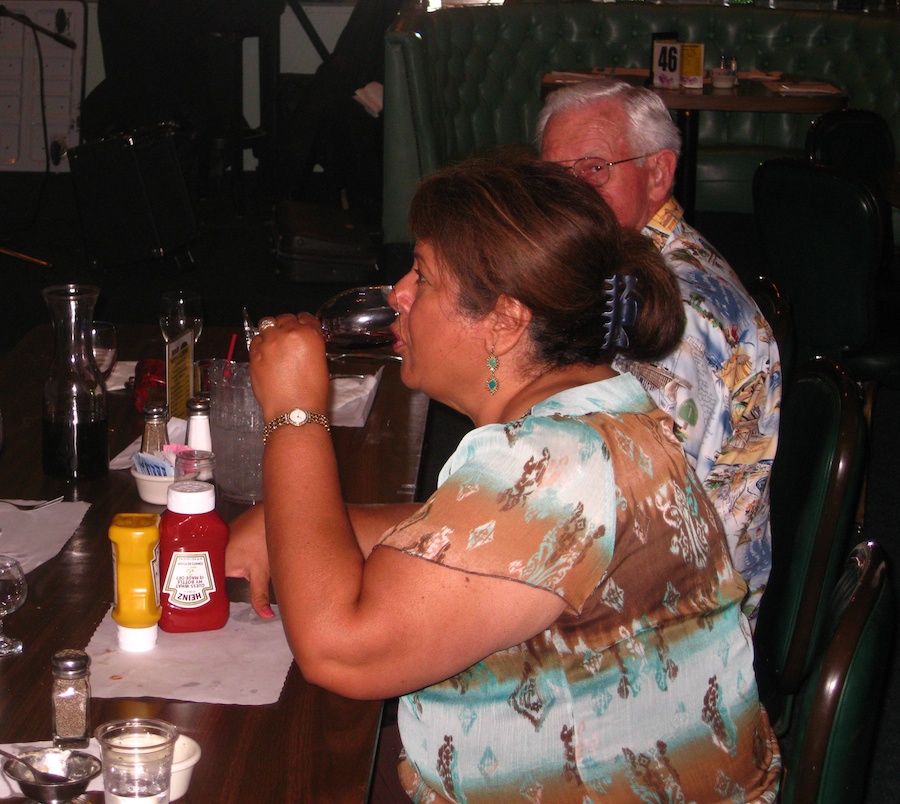
Wine tasting underway
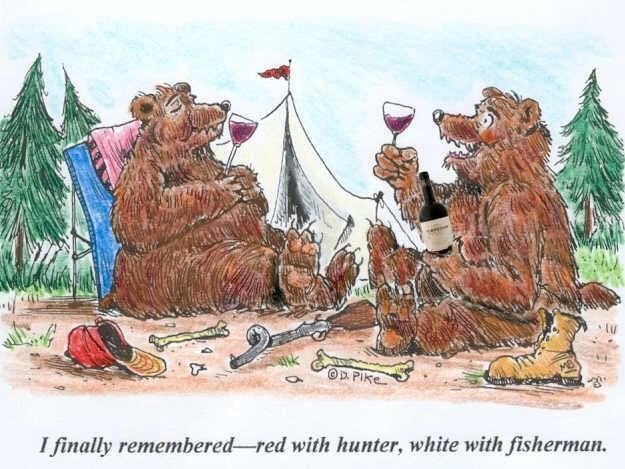
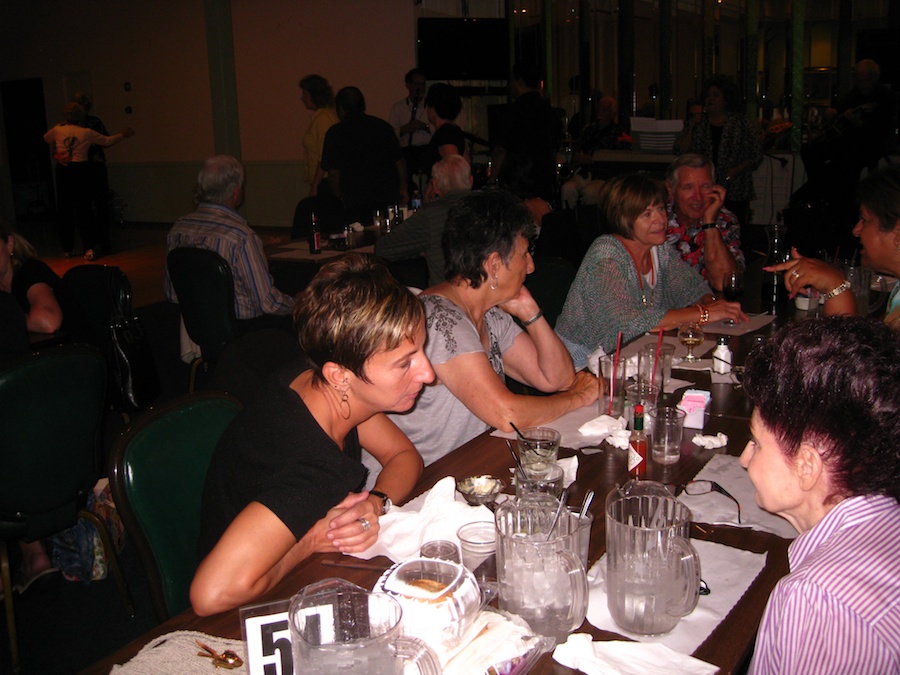
Meeting new folks

Paul is up to something....
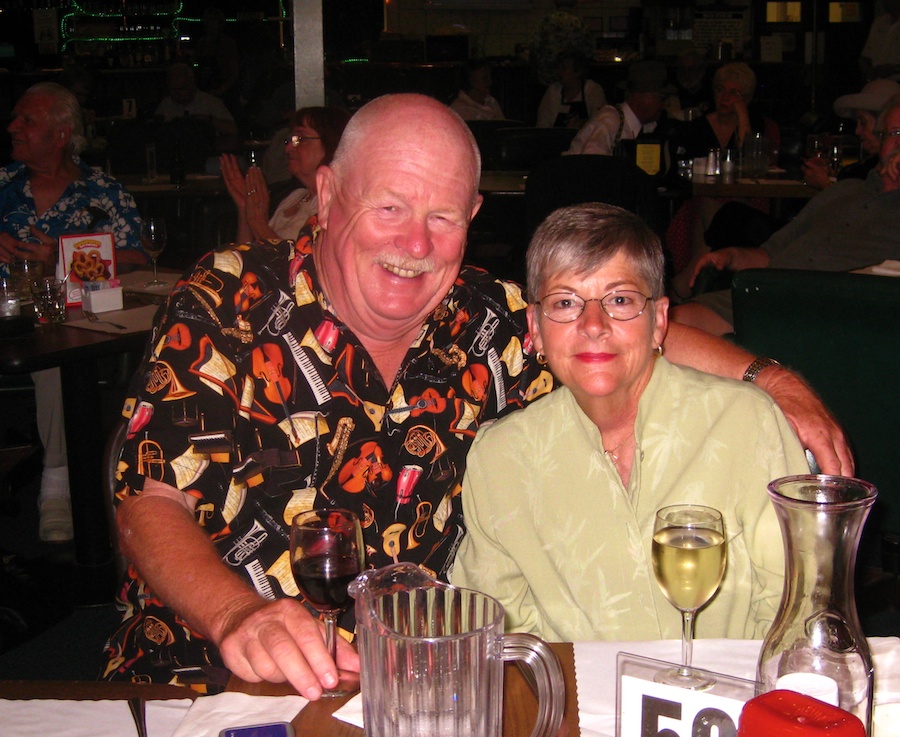
He he he

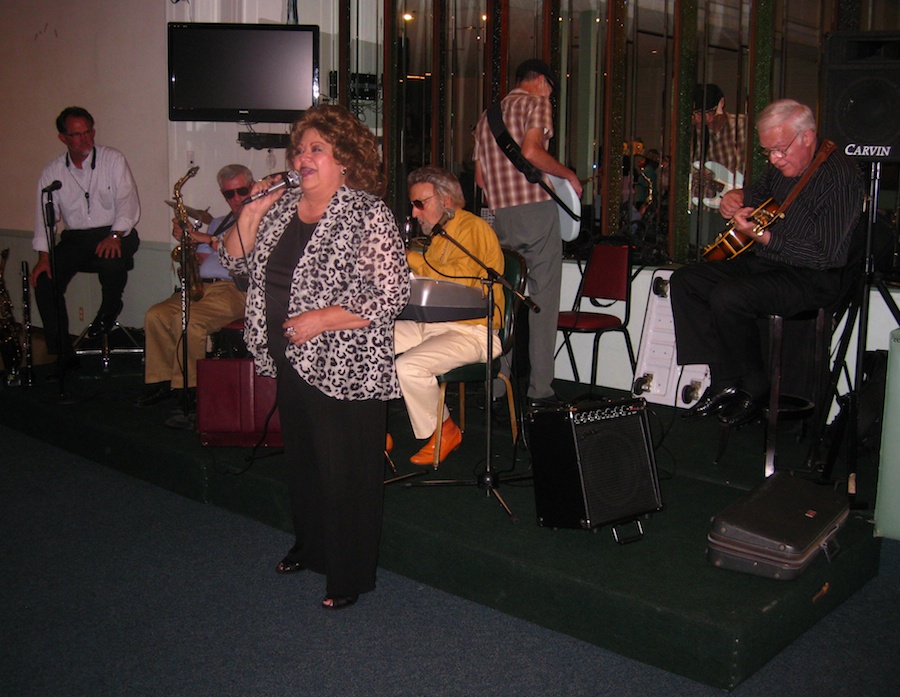
Great singing from our local talent
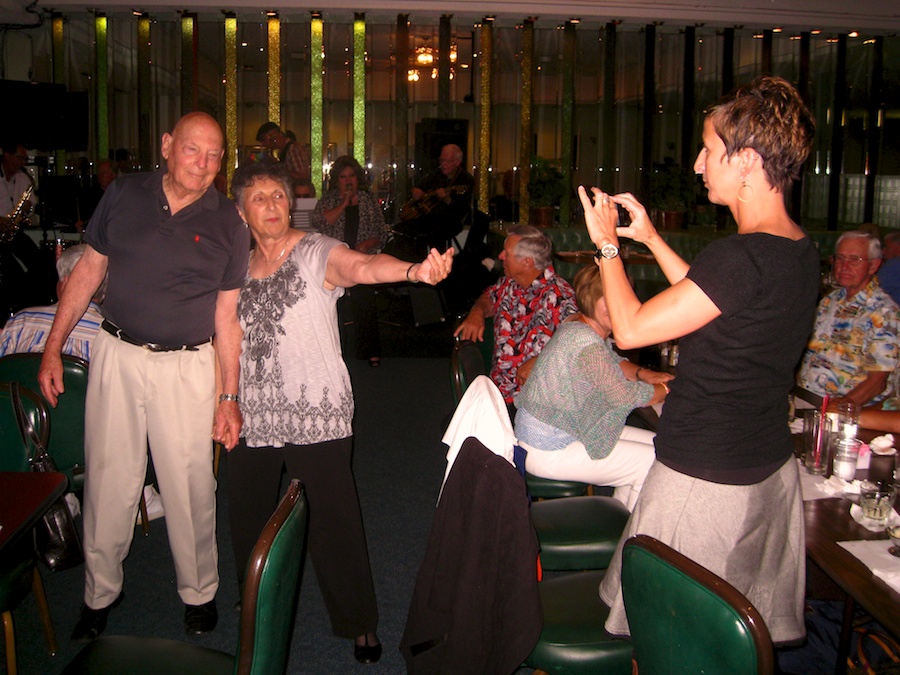
The soul is going escape Herb and go into the camera
Did You Know? - The Modern English word soul derived from Old English sáwol, sáwel, first attested to in the 8th century poem Beowulf v. 2820 and in the Vespasian Psalter 77.50, and is cognate with other Germanic and Baltic terms for the same idea, including Gothic saiwala, Old High German sêula, sêla, Old Saxon sêola, Old Low Franconian sêla, sîla, Old Norse sála as well as Lithuanian siela. Further etymology of the Germanic word is uncertain. A more recent suggestion connects it with a root for "binding", Germanic *sailian (OE sēlian, OHG seilen), related to the notion of being "bound" in death, and the practice of ritually binding or restraining the corpse of the deceased in the grave to prevent his or her return as a ghost.
The word is probably an adaptation by early missionaries—particularly Ulfilas, apostle to the Goths during the 4th century—of a native Germanic concept, which was a translation of Greek ψυχή psychē "life, spirit, consciousness".
The Greek word is derived from a verb "to cool, to blow" and hence refers to the vital breath, the animating principle in humans and other animals, as opposed to σῶμα (soma) meaning "body". It could refer to a ghost or spirit of the dead in Homer, and to a more philosophical notion of an immortal and immaterial essence left over at death since Pindar. Latin anima figured as a translation of ψυχή since Terence. Psychē occurs juxtaposed to σῶμα e.g. in Matthew 10:28:

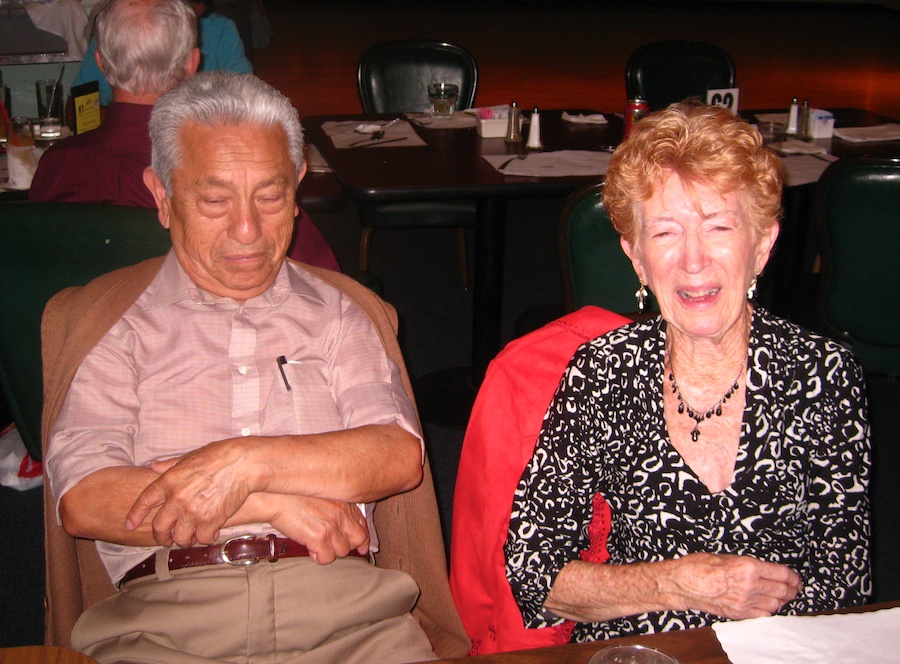
Z-z-z-z-z-z-z-z He is playing possum
Did You Know? - Apparent death, colloquially known as playing dead or playing possum, is a behavior observed in a wide range of animals in which they take on the appearance of being dead to an observer. This could either be an involuntary reflex action, as in tonic immobility; or an adaptive behavior as in thanatosis, which is used both as a defense mechanism and as a form of aggressive mimicry.
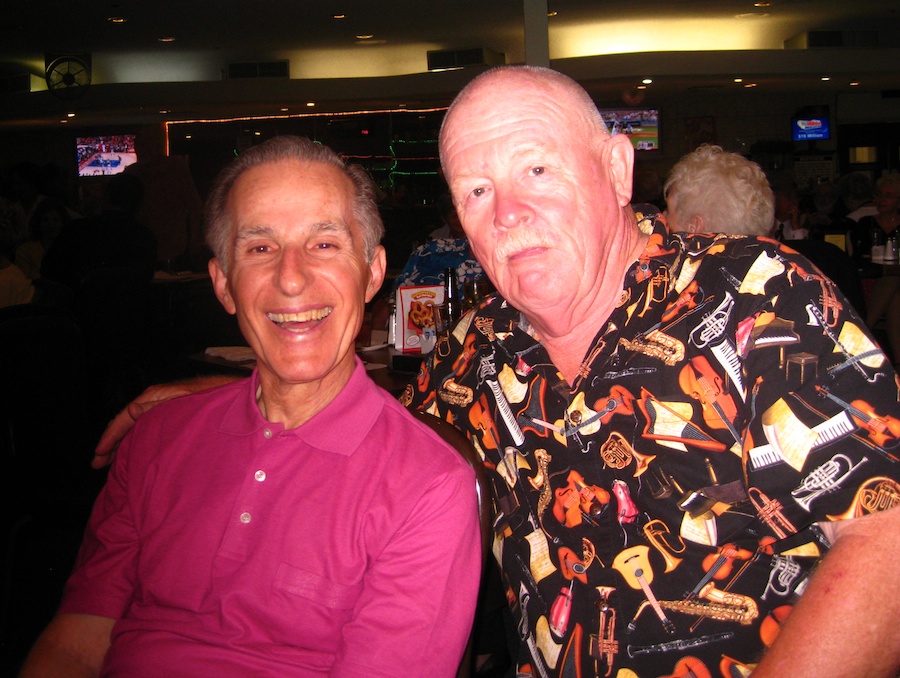
Leon and Paul
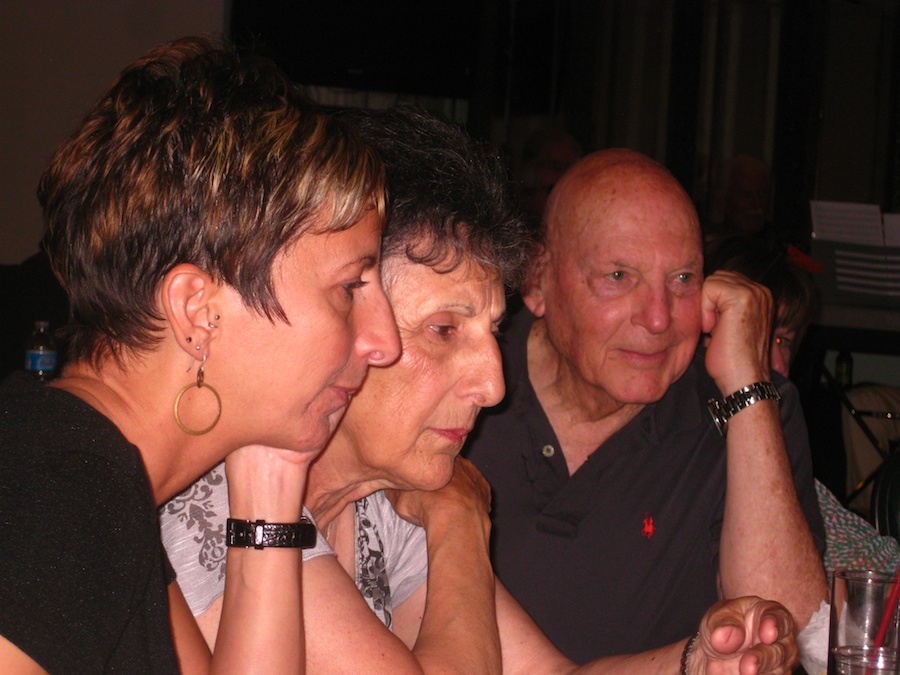
Great amounts of concentration
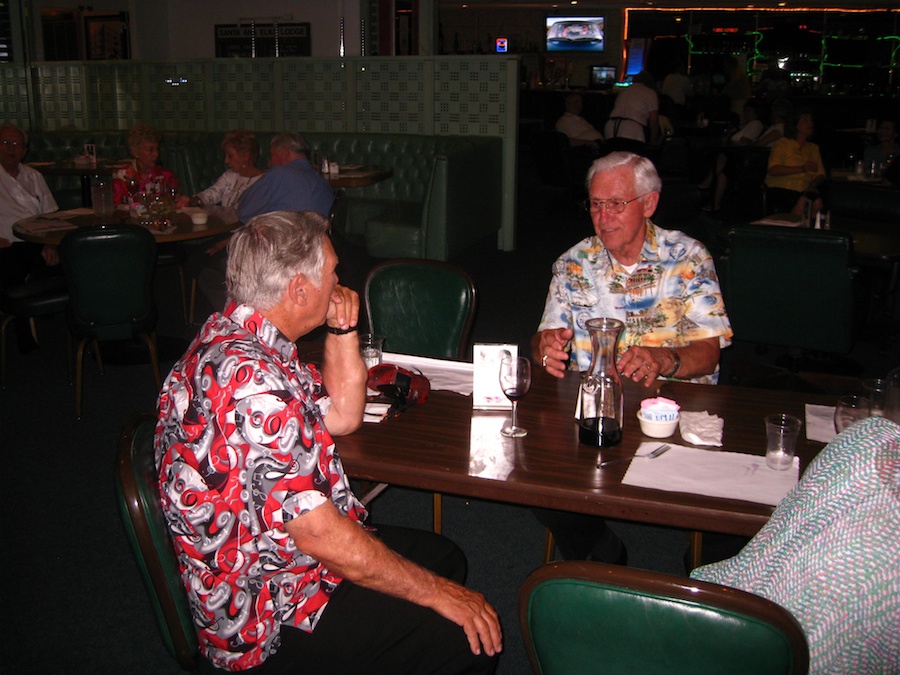
Swapping stories
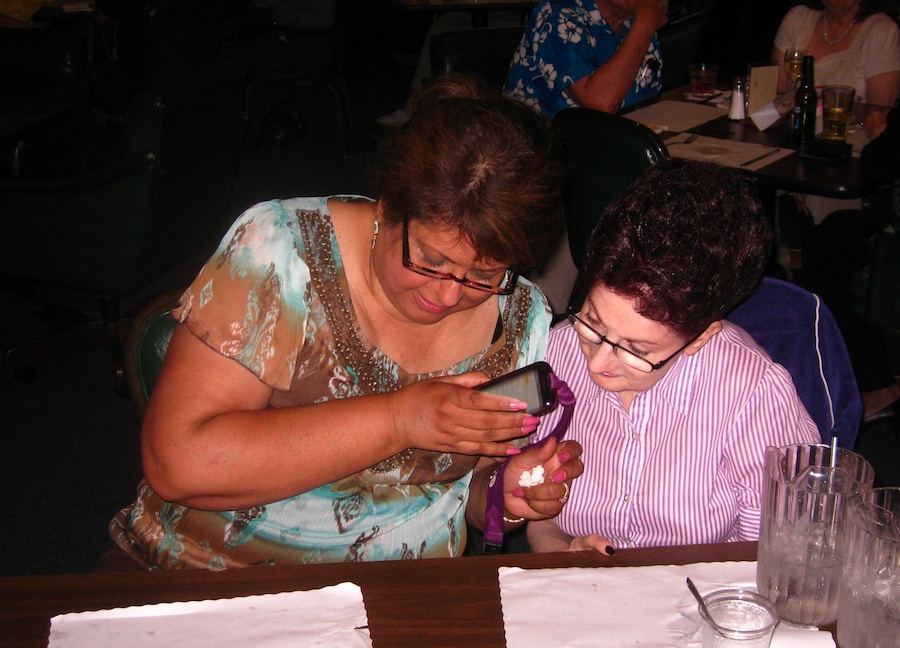
There is a soul inside here I think
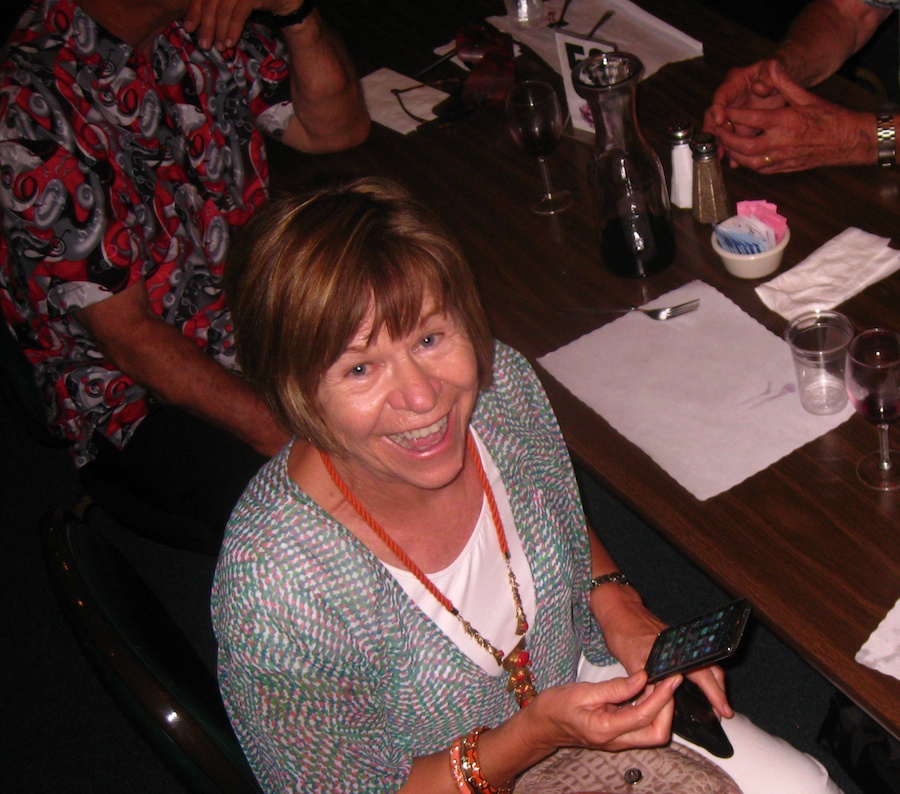
Hey... I have a new phone... My number is long-long-short
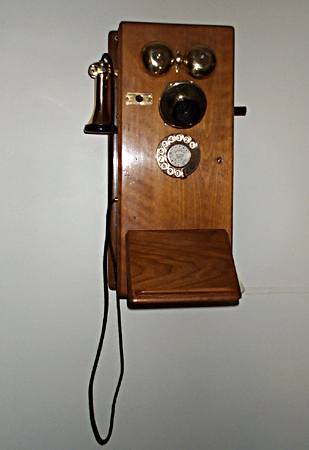


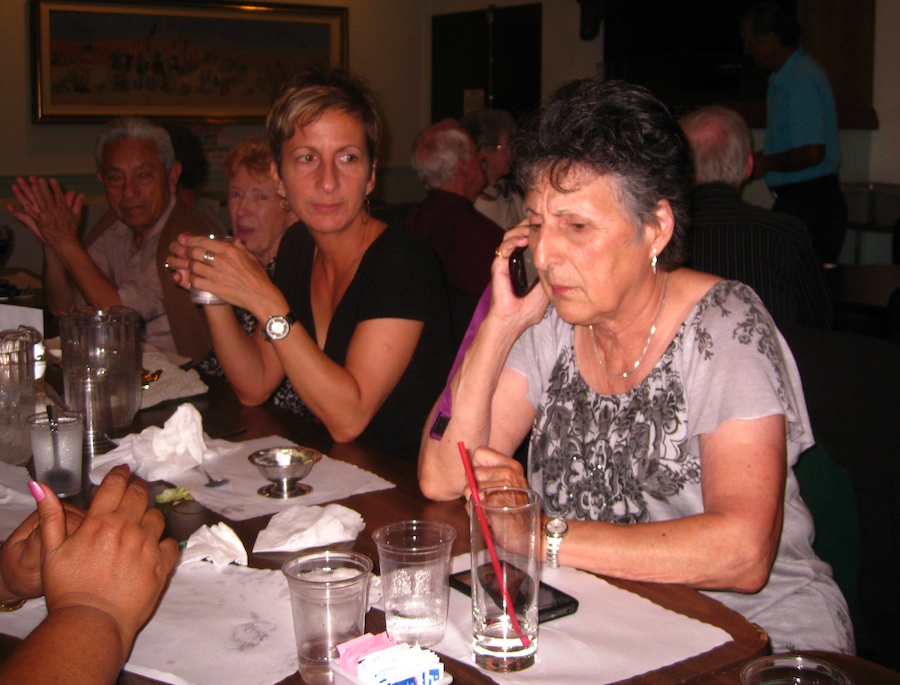
Hell Row.....

I get better reception if I put my antenna up
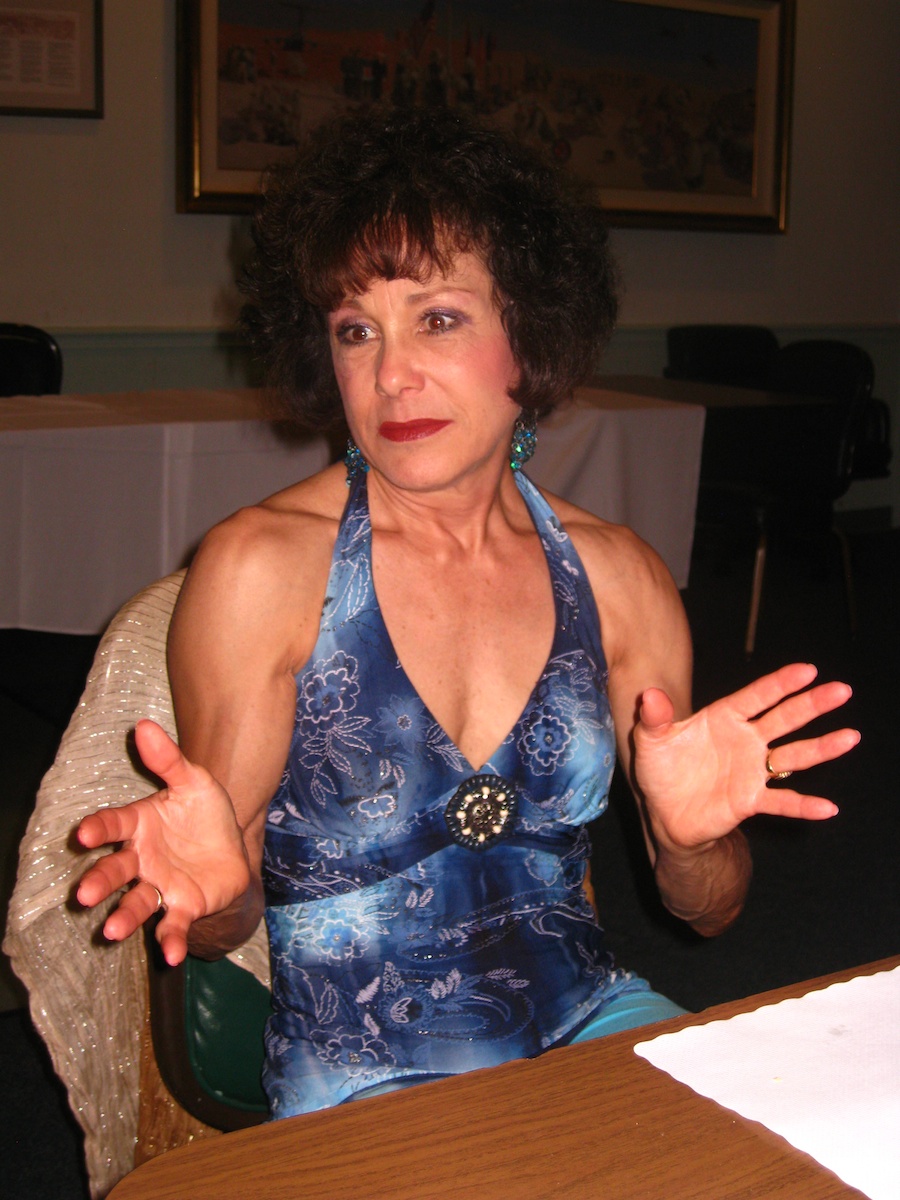

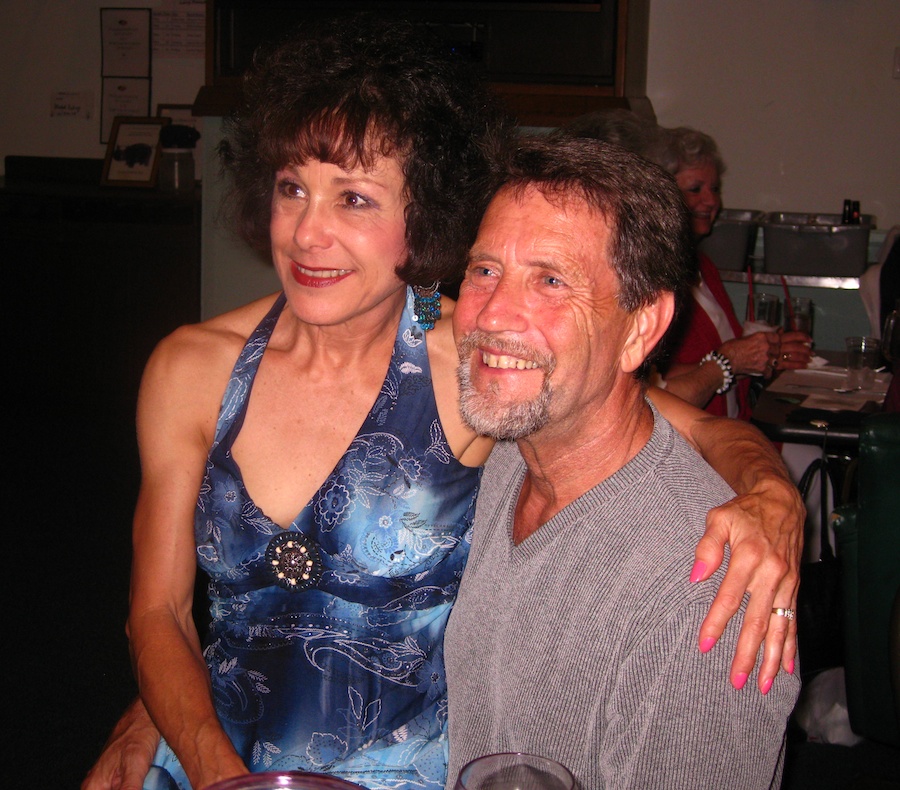
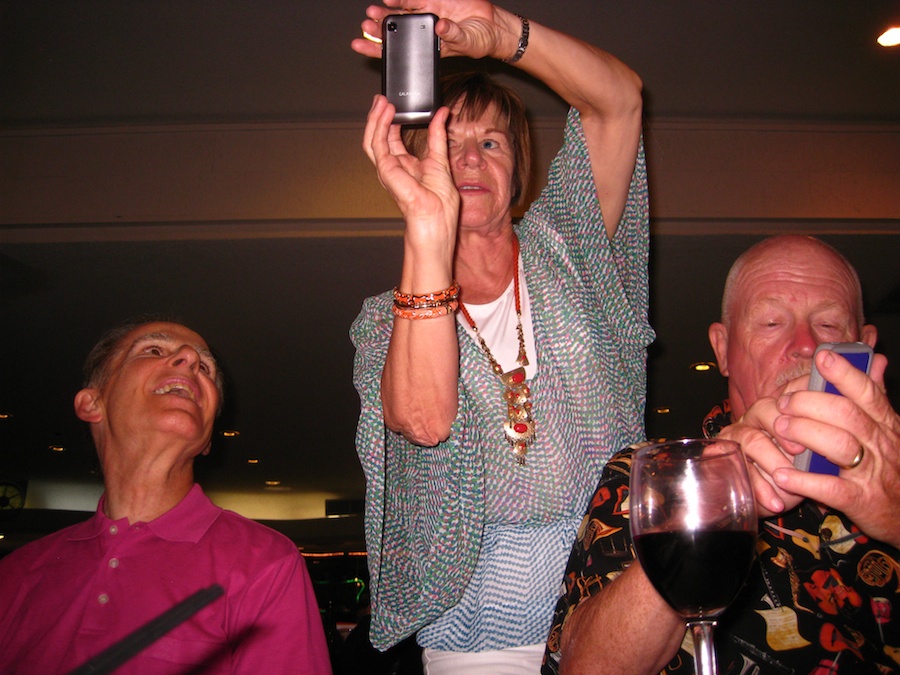
Video time

Mobile pay phone
Conga Line Time
Did You Know? - The conga line is a Cuban carnival march that was first developed in Cuba and became popular in the United States in the 1930s and 1950s. The dancers form a long, processing line. It has three shuffle steps on the beat, followed by a kick that is slightly ahead of the fourth beat.
The conga dance style is more of a march, which is characterized by its distinctive conga drum rhythm. It differs from the rumba, which uses more hip movements and shows the sensually aggressive attitude of each dancer. Conga music is played with a staccato beat as its base, which gives rhythm to the movements of the dancers. Conga dancers lift their legs in time with the rhythm of the music, marking each beat with the strong motion of their body.
The basic steps start from left leg 1-2-3 kick then repeat, opposite. Originally a band member, wearing a drum and beating would venture onto the dance floor. He would start zigzagging around the floor with his drum and the dancer would start to follow him behind doing the dance like a slithering snake. The line grows and the drums would intensify until the drum just stopped played. The dance has no fancy ending like many other dances do. The dance has two styles, which is a single line form and partners. The single line is more popular in Cuba.
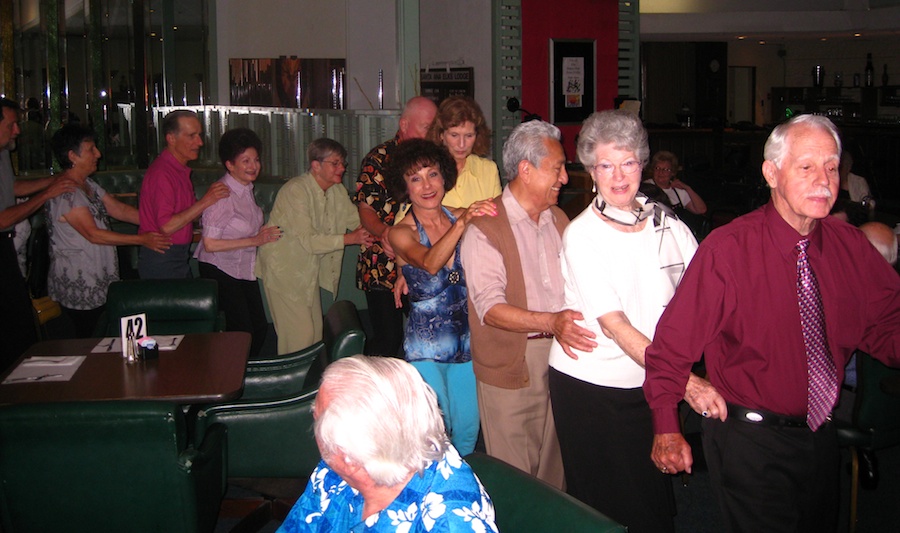
Our Fearless Leader is dressed for the occasion
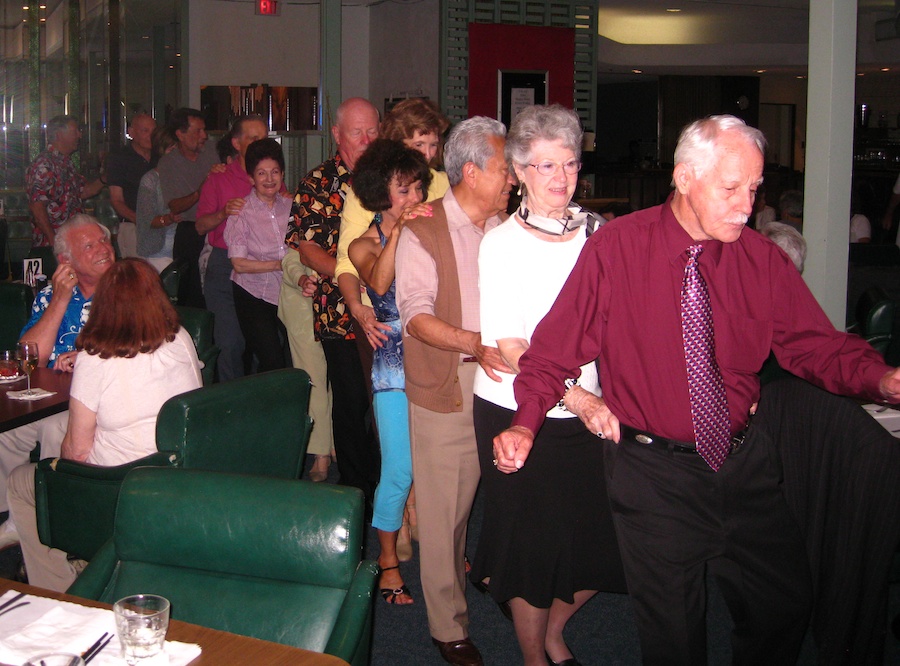
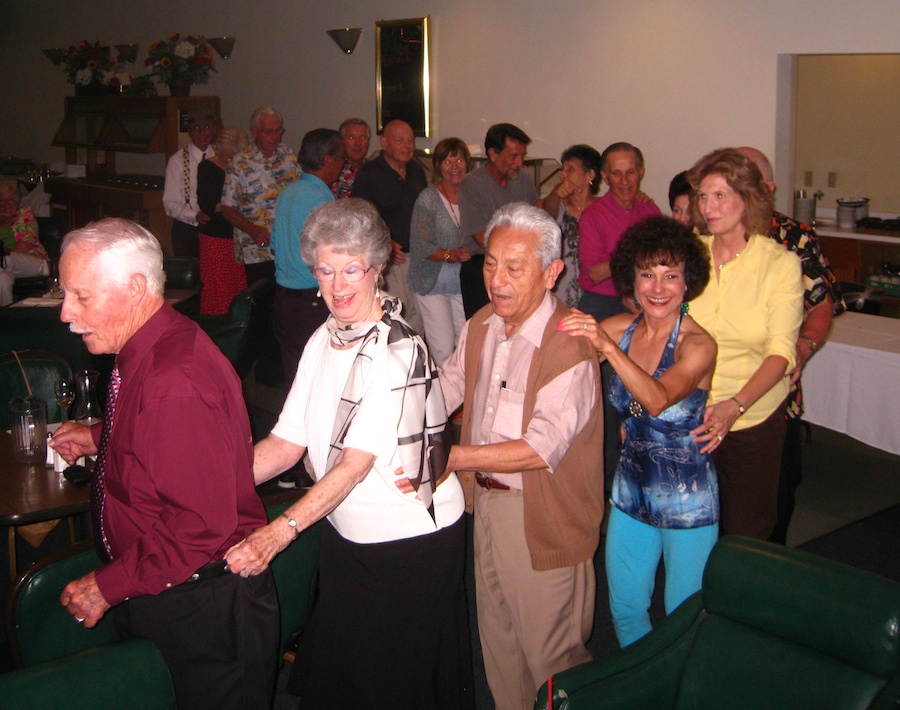
The line is getting longer
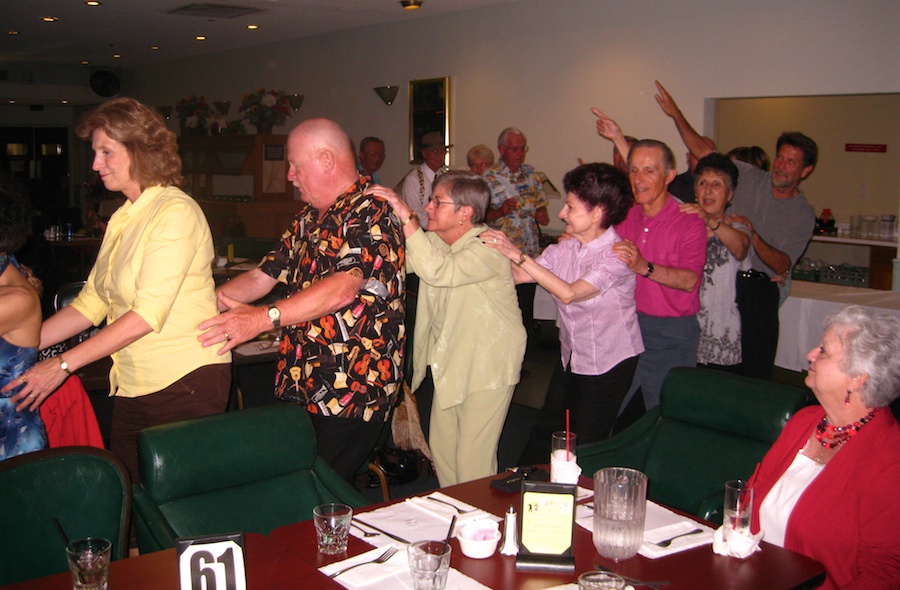
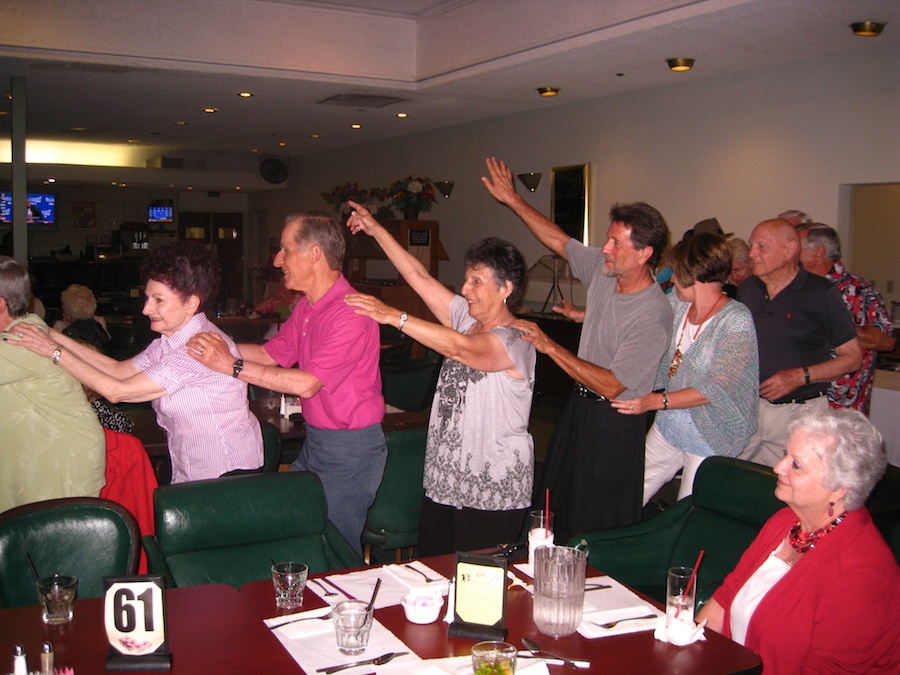
Hands up for a right turn
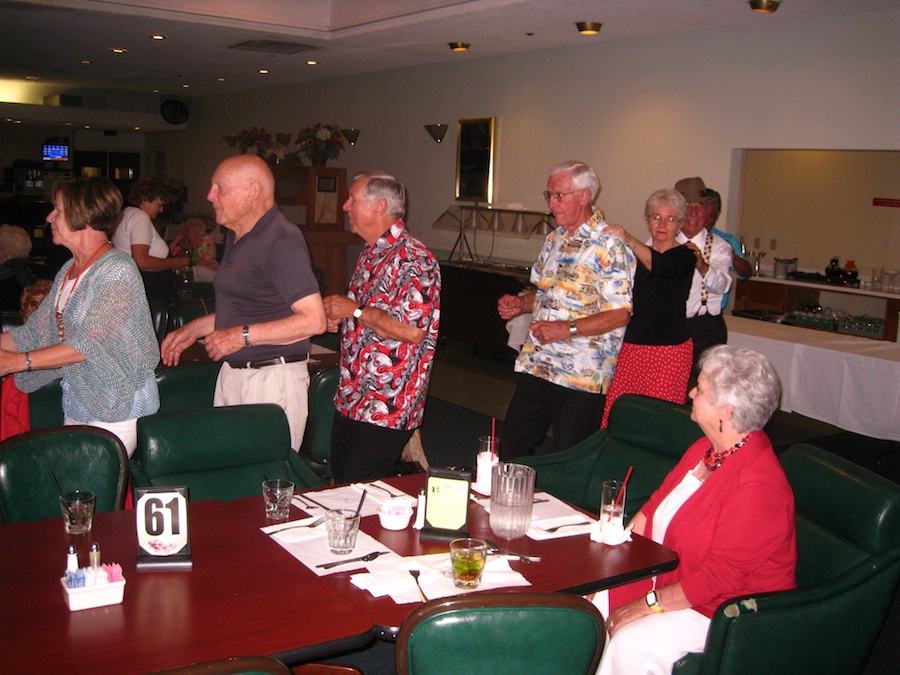

And around and around they go
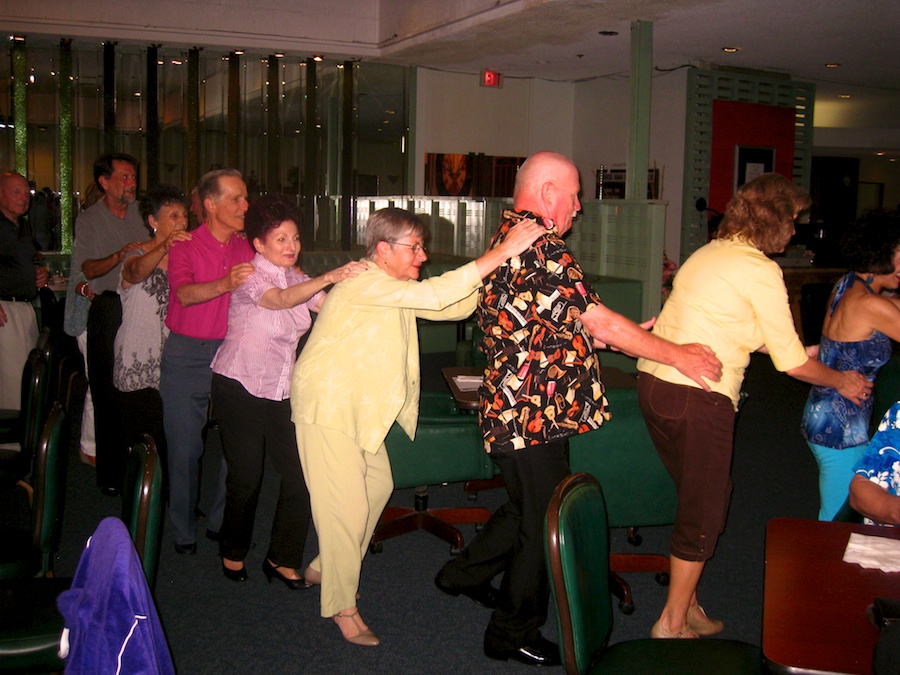
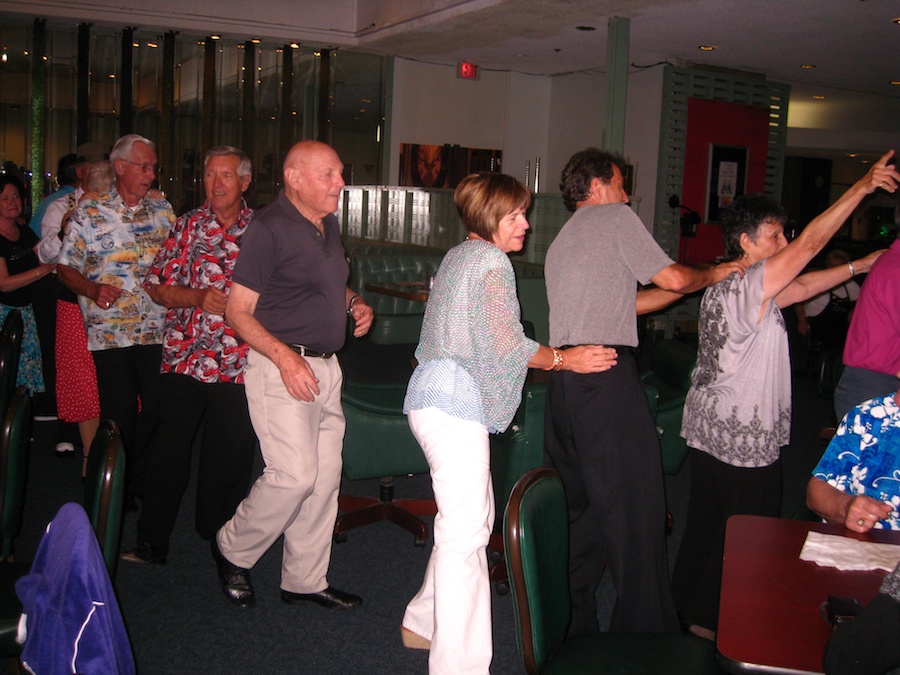
"Watch the hands Kathy"
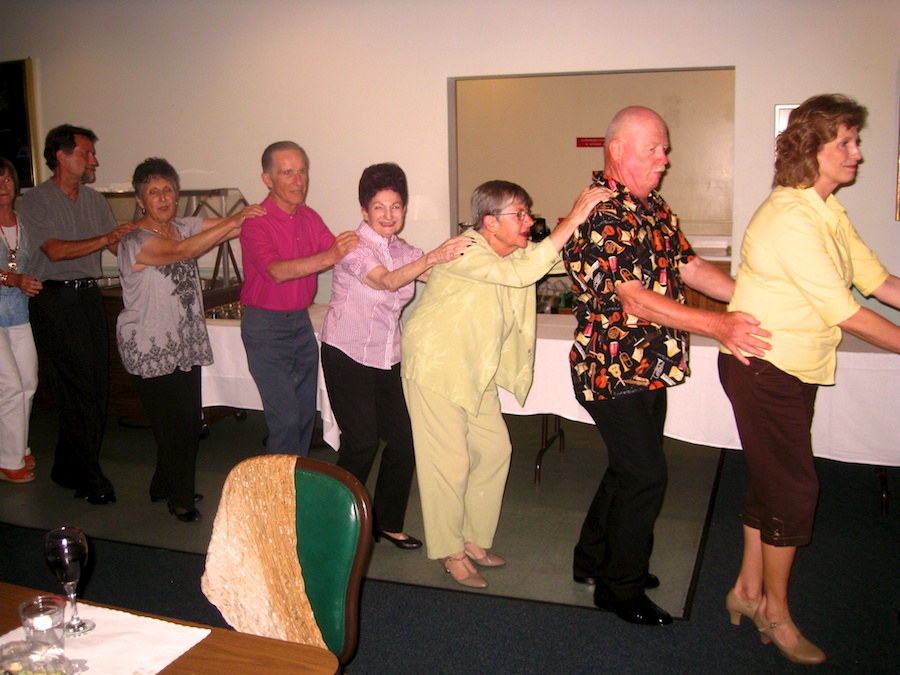

Herbie trotts right along
Did You Know? - Conga dance was a part of the Congo slaves' religion, but people from the United States during 1930s found the dance interesting, because it was fun and easy to dance to. There was no hustle in trying to learn the dance; just follow the steps of the person in front as it goes along. Beginning in the late 1930s, and intensely in the 1940s, it became wildly popular in the United States, due in no small measure to Hollywood's "Latin" musicals.
RKO's offerings were particularly influential, notably Too Many Girls (1940), in which Desi Arnaz appeared as a conga-playing Argentine student. Spanish-Catalan band-leader Xavier Cugat, who gave Arnaz his musical start, helped to popularize the dance, but the biggest impact belonged to Arnaz himself.
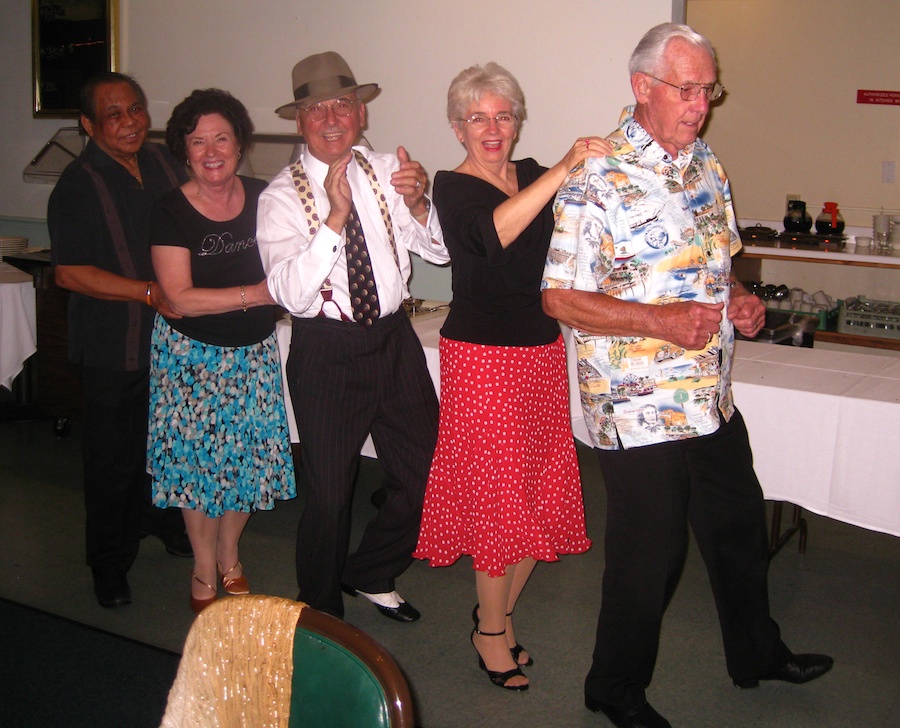
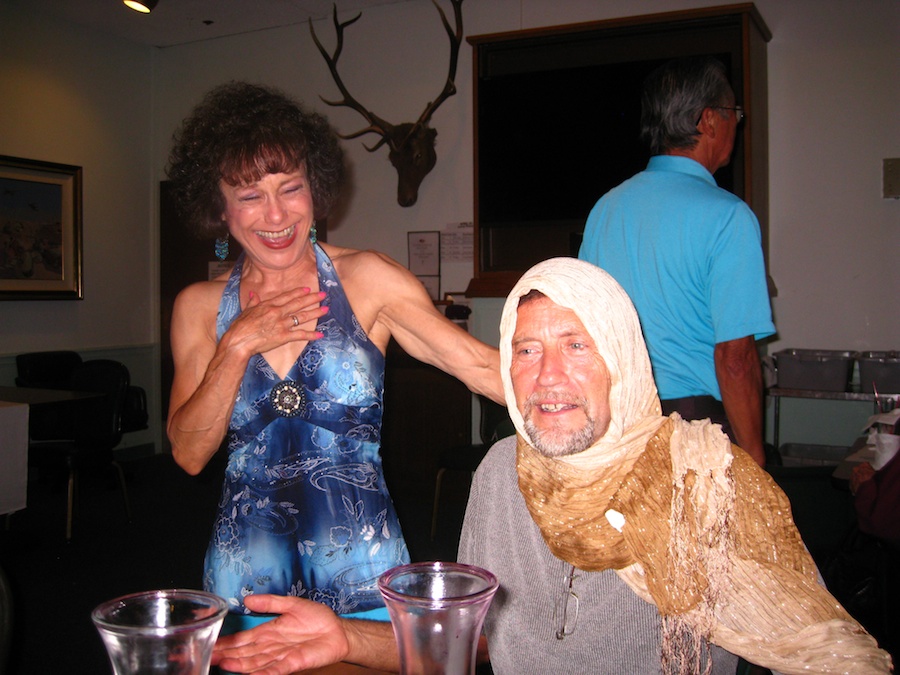
Grandma showed up
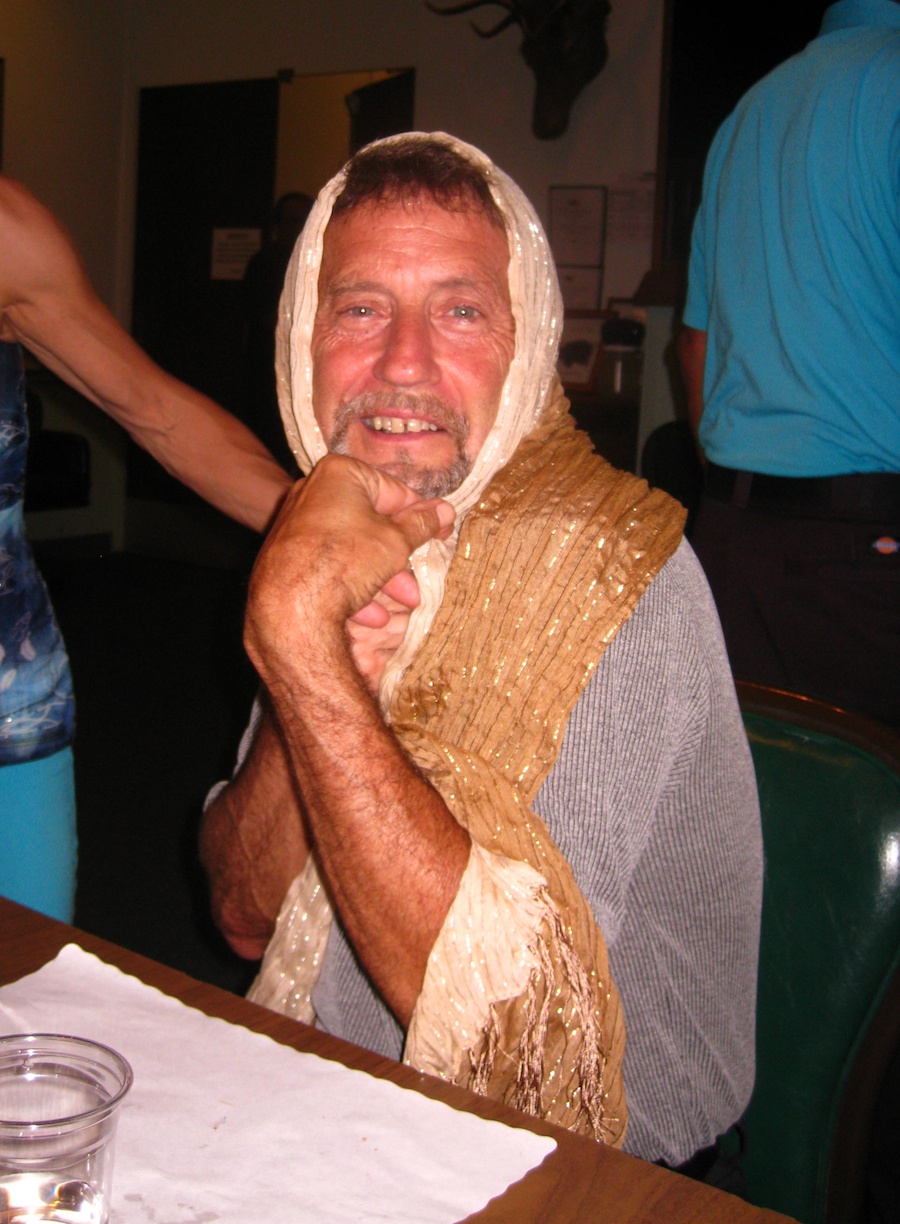
She's lookin' pretty good
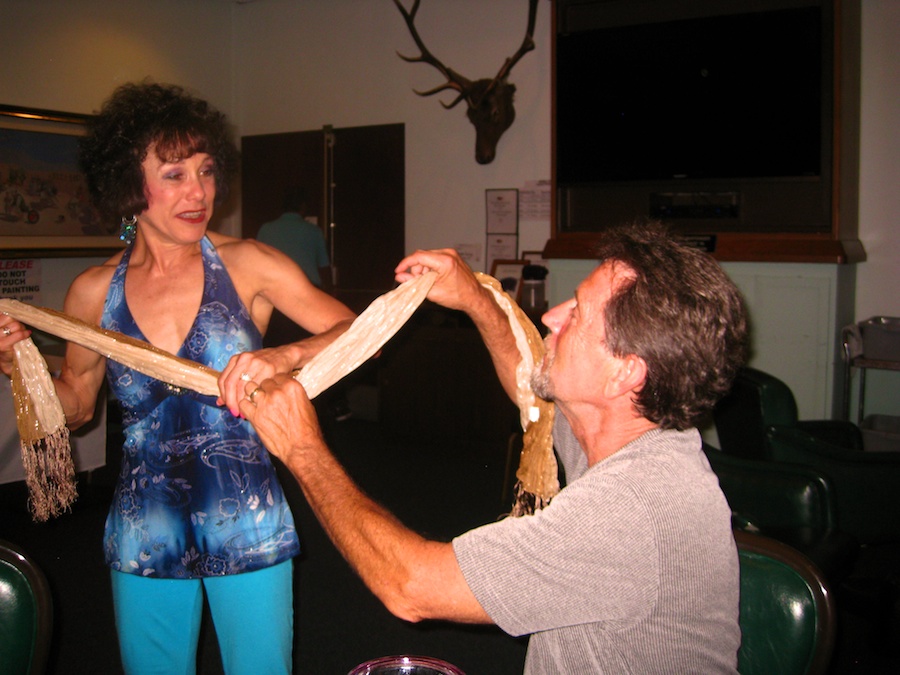
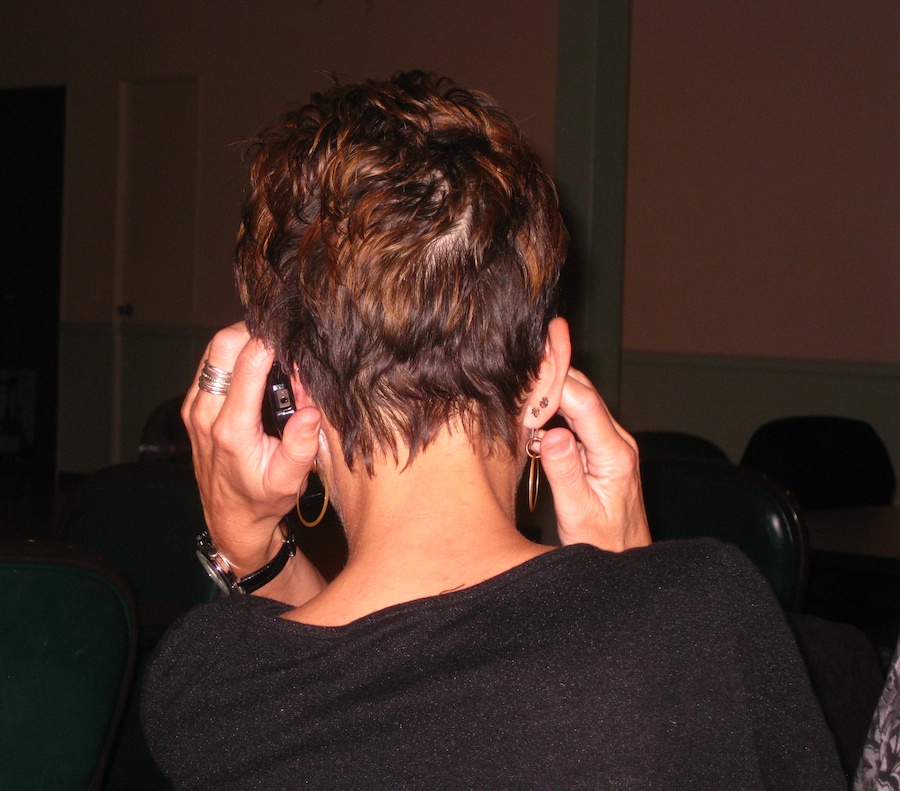
I am getting a signal
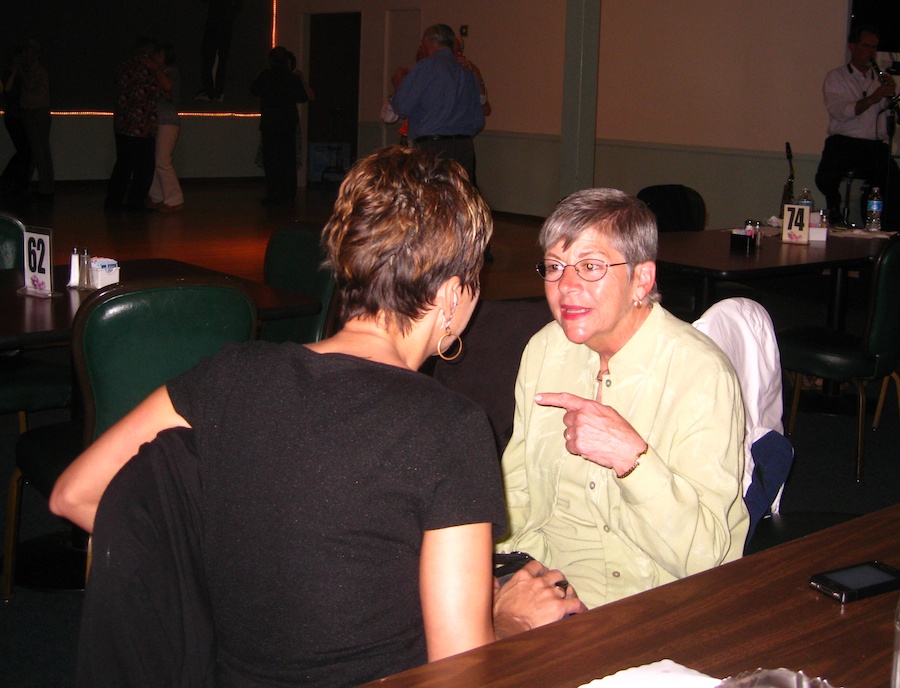
"I'm tellling you, this is normal... It happens all the time!"

The fans were a necessity
Did You Know? - The punkah fan was used in the India in the early 500 BC. It had a canvas covered frame that was suspended from the ceiling. Servants, known as punkawallahs, pulled a rope connected to the frame to move the fan back and forth.
